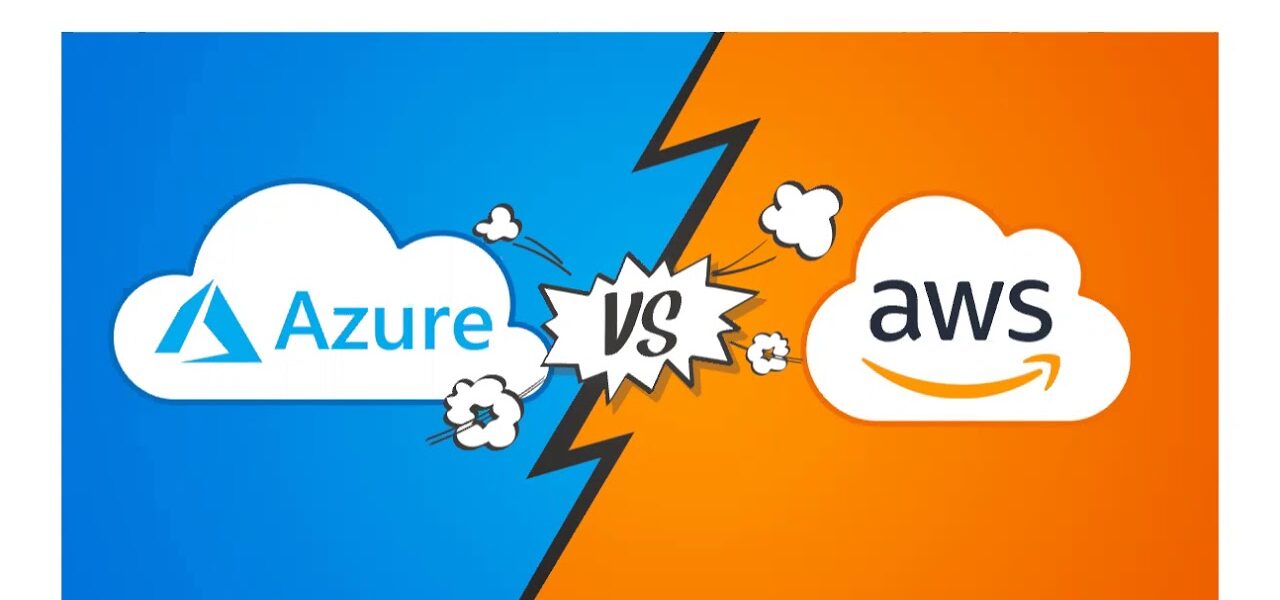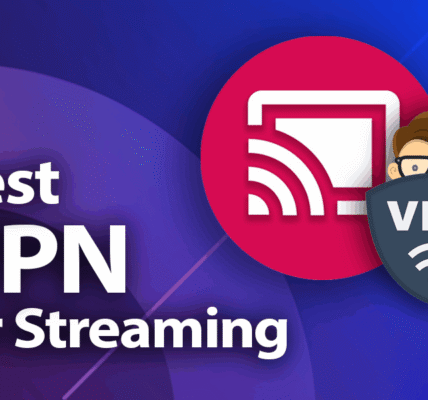Cloud computing is no longer a niche technology, it’s the backbone of nearly every business today, especially for IT managers, software developers, startup founders, and cloud consultants. With AWS and Azure dominating the cloud market, understanding their pricing models is critical to keeping costs in check while maximizing performance.
But have you ever wondered why two cloud giants, offering seemingly similar services, can have wildly different pricing even for the same workload? How do you decide which one won’t blow up your budget?
So, what are the key differences in AWS vs Azure pricing in 2025? Let’s dive in.
Overview of AWS vs Azure Pricing 2025: Cloud Platforms in Comparison
Amazon Web Services (AWS) and Microsoft Azure have been head-to-head in the cloud market for years. AWS launched in 2006 and quickly became the leader with a broad range of services and a global footprint. Azure followed closely, integrating deeply with Microsoft software ecosystems, which gives it an edge, especially in enterprise environments.
Both platforms offer compute power, storage, networking, databases, AI services, and more. But when it comes to pricing, their approaches have subtle yet significant differences that can impact your cloud bill dramatically.
Why AWS vs Azure Pricing 2025 Matters for IT Managers and Developers
Imagine planning a software project where cloud costs unexpectedly balloon. It can throw off budgets, delay releases, or force scaling back features. For IT managers and developers, understanding pricing isn’t just about saving money, it’s about efficient resource allocation, competitive advantage, and long-term sustainability.
Whether you’re running SaaS applications, AI workloads, or fintech platforms, knowing how AWS and Azure charge helps you pick the right platform and optimize your spend.
Core AWS vs Azure Pricing 2025 Models Explained
Both AWS and Azure use similar fundamental pricing models, but with some key distinctions.
AWS Pricing Models in 2025 Explained
-
On-Demand Instances: Pay for compute capacity by the second with no upfront commitment.
-
Reserved Instances: Commit for 1-3 years to get a steep discount.
-
Spot Instances: Bid on unused capacity for the lowest cost but with potential interruptions.
Azure Pricing Models in 2025 Explained
-
Pay-as-you-go: Similar to AWS on-demand, pay per second with no upfront cost.
-
Reserved VM Instances: Pre-pay or commit to a one- or three-year term for savings.
-
Spot VMs: Like AWS spot, but with slightly different management and availability features.
AWS vs Azure Pricing 2025: Compute Costs — EC2 vs Virtual Machines
Compute power usually forms the bulk of your cloud bill.
AWS EC2 Pricing Breakdown in 2025
AWS EC2 offers hundreds of instance types optimized for general use, compute, memory, or storage. Pricing depends on the instance family and region, typically charged per second. Reserved instances and savings plans offer discounts up to 72%.
Azure Virtual Machines Pricing Breakdown in 2025
Azure VMs offer similar flexibility but often include hybrid benefits, allowing you to reuse existing Windows Server licenses to save up to 40%. Azure also provides per-second billing and various VM sizes tailored for different workloads.
AWS vs Azure Pricing 2025: Storage Costs Compared
Data storage costs can pile up quickly depending on your data access patterns.
AWS S3 Storage Pricing Overview 2025
S3 offers multiple tiers: Standard for frequently accessed data, Infrequent Access for less frequent retrieval, and Glacier for archival at the lowest cost. Pricing varies by data volume, requests, and data transfer out.
Azure Blob Storage Pricing Overview 2025
Azure Blob Storage mirrors S3’s tiered approach: Hot, Cool, and Archive tiers, with different prices based on storage and retrieval frequency. Azure also offers lifecycle management policies to automatically move data to cheaper tiers.
AWS vs Azure Pricing 2025: Networking and Data Transfer Costs
Data moving around the cloud or to/from the internet can get costly.
AWS Networking Pricing Details 2025
AWS charges for data transfer out of the cloud, with prices decreasing as volume grows. VPN and Direct Connect have additional fees. Load balancers also add to networking costs.
Azure Networking Pricing Details 2025
Azure’s data egress costs are similar, but they offer ExpressRoute, a private connection to Azure, with pricing varying by bandwidth and region. VPN Gateway charges are also applied.
Discounts and Savings: AWS vs Azure Pricing 2025 Reserved Instances & Savings Plans
Both platforms reward long-term commitments with savings.
AWS Savings Plans and Reserved Instances 2025
Savings Plans offer flexibility, letting you apply discounts across instance types and regions, while Reserved Instances are more rigid but sometimes cheaper.
Azure Reserved VM Instances and Hybrid Benefits 2025
Azure’s reserved VMs come with a hybrid use benefit that can significantly reduce Windows workloads costs if you have existing licenses.
AWS vs Azure Pricing 2025: Tools for Cost Management and Billing
Managing cloud spend is crucial.
-
AWS Cost Explorer helps visualize and forecast costs.
-
Azure Cost Management + Billing provides detailed insights and alerts.
Both tools support budgeting and anomaly detection.
Hidden Costs and Complexities in AWS vs Azure Pricing 2025
Beware of egress fees, support plans, and licensing costs that can sneak up on you. AWS and Azure differ slightly in how these are structured, so factor them into your total cost of ownership.
AWS vs Azure Pricing 2025: Comparing Free Tiers and Trials
Both AWS and Azure offer free tiers useful for startups and developers testing out services. AWS’s free tier lasts 12 months for many services; Azure offers a 12-month free tier plus $200 credit for the first month.
Industry-Specific AWS vs Azure Pricing 2025 Considerations
For SaaS companies, AI-driven platforms, or fintech apps, specific cloud services might be costlier but essential. For example, AI workloads on AWS SageMaker vs Azure AI Studio have distinct pricing models worth evaluating.
AWS vs Azure Pricing 2025: Tips to Optimize Costs
-
Regularly review and right-size your resources.
-
Use reserved instances or savings plans if workloads are predictable.
-
Automate shutdown of idle resources.
-
Leverage hybrid cloud and licensing benefits where possible.
AWS vs Azure Pricing 2025: Real-world Case Studies
Consider a startup using AWS for its flexibility vs an enterprise using Azure for its Microsoft integration. Understanding their pricing dynamics can reveal which platform offers better ROI.
Future Trends in AWS vs Azure Pricing 2025 and Beyond
The cloud pricing landscape is evolving faster than ever, driven by technological advances, competitive pressures, and changing customer needs. As we look ahead to 2025 and beyond, several important trends are shaping how AWS, Azure, and other cloud providers price their services—and how you can navigate these changes to keep costs optimized.
The Rise of Serverless Pricing Models
One of the biggest shifts will be toward serverless computing, where you pay only for the exact compute time your code uses, rather than for idle virtual machines. This granular pricing model is perfect for unpredictable workloads and startups aiming to scale efficiently.
AI-Powered Cost Optimization Tools
Cloud providers are investing heavily in AI and machine learning-driven cost management tools that automatically analyze your usage patterns and recommend optimizations.
Multi-Cloud and Hybrid Cloud Pricing Innovations
Expect to see more flexible, unified billing solutions that enable you to manage costs across AWS, Azure, and even Google Cloud under one roof.
Increased Focus on Sustainability Pricing
Cloud providers will incorporate carbon footprint and sustainability metrics into pricing models, adding a new dimension to cost optimization.
More Granular and Customizable Pricing Plans
Cloud platforms will offer more customizable pricing plans tailored to specific industries, workload types, or customer segments.
Read Also Top Cybersecurity Tips for Beginners in 2025
FAQs on AWS vs Azure Pricing 2025
1. Is AWS cheaper than Azure in 2025?
Pricing varies by service and region. AWS often leads on flexibility and broad services, but Azure may be cheaper for Windows-heavy workloads.
2. How do reserved instances work in AWS and Azure?
Both require upfront commitment for 1-3 years to get discounts, but Azure offers hybrid benefits that can lower costs further.
3. What are spot instances/VMs?
They’re discounted compute resources available when cloud providers have excess capacity, suitable for fault-tolerant workloads.
4. How can I avoid surprise cloud bills?
Use cloud cost management tools, set budgets and alerts, and monitor usage regularly.
5. Which platform offers better free tiers for startups?
Both have competitive free tiers, but Azure includes a $200 credit for the first month, making it attractive for short-term trials.




